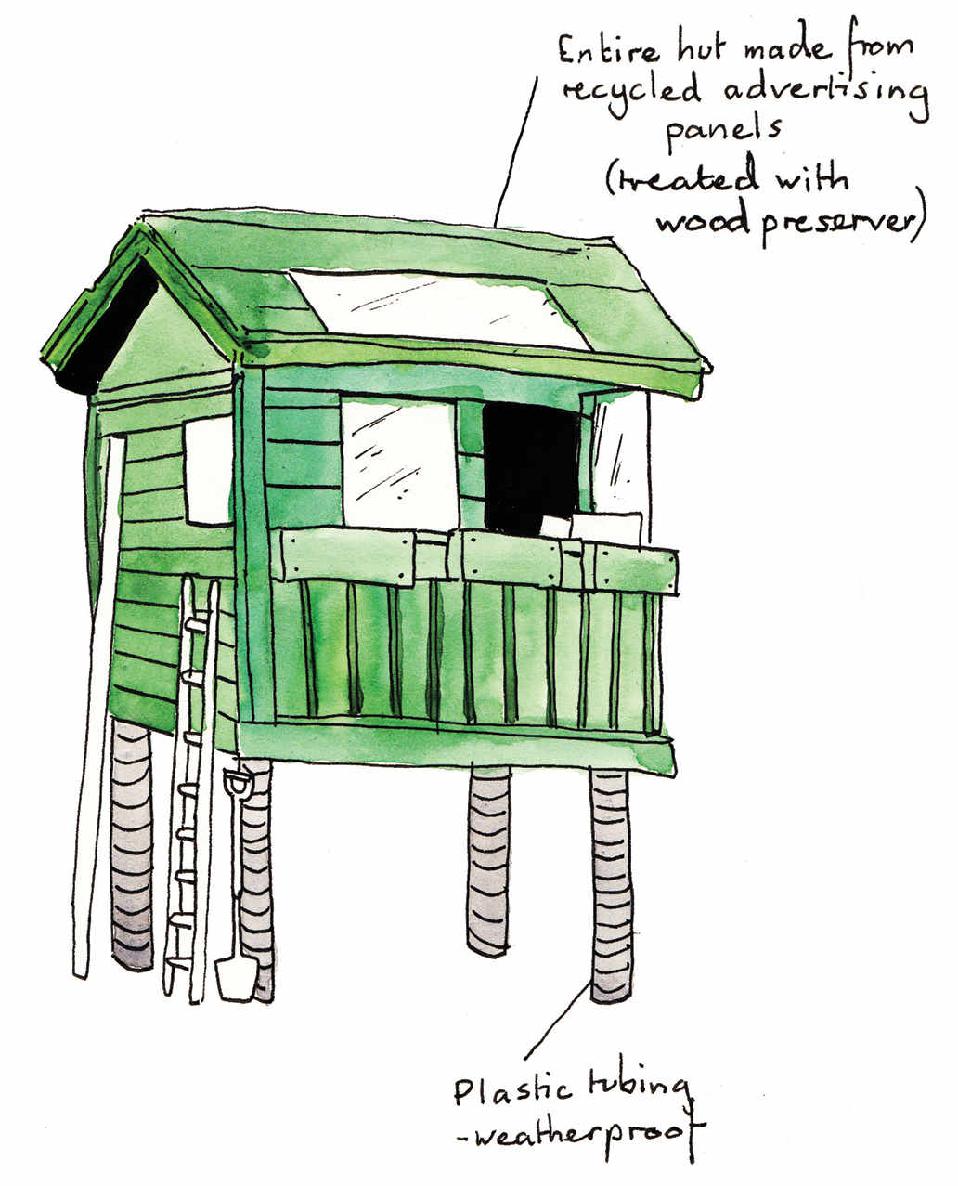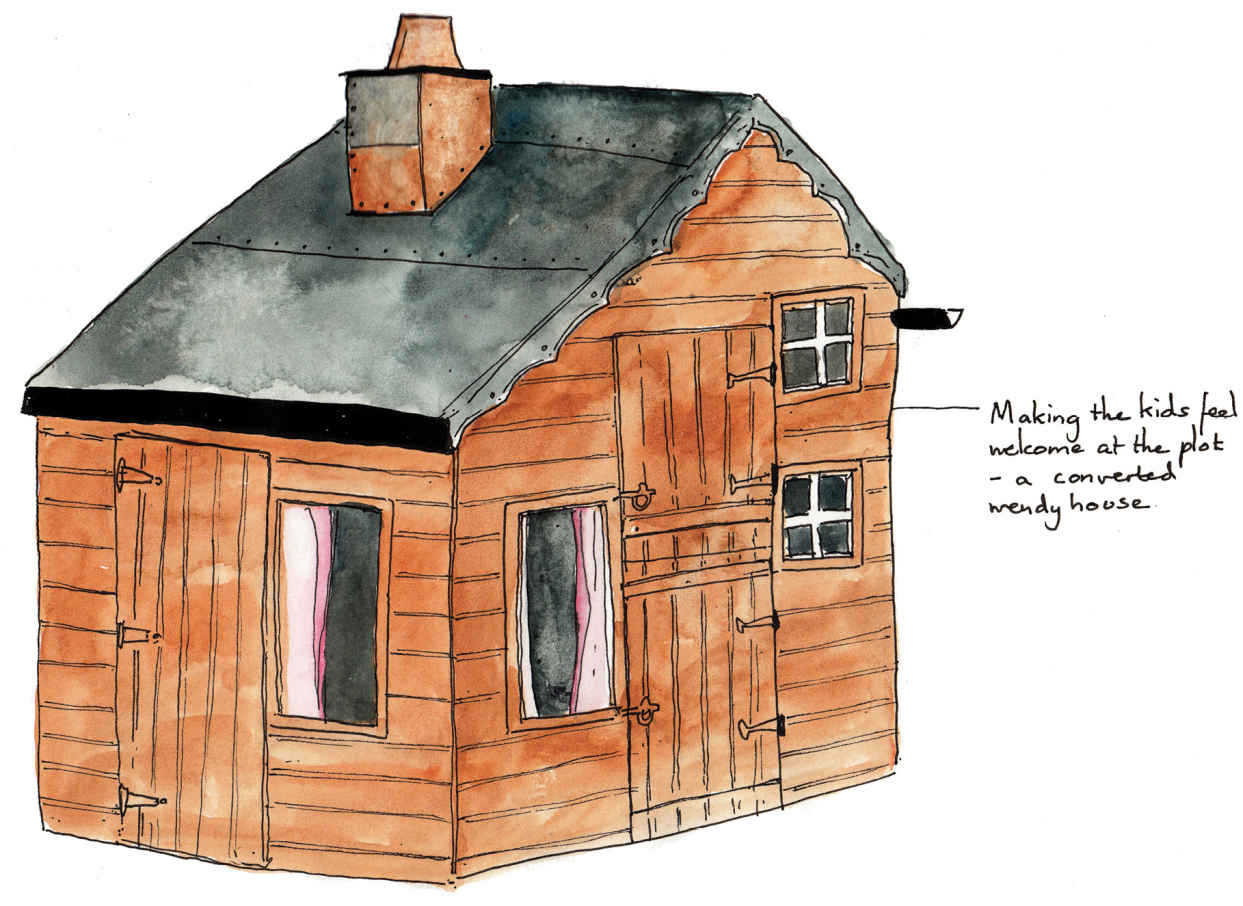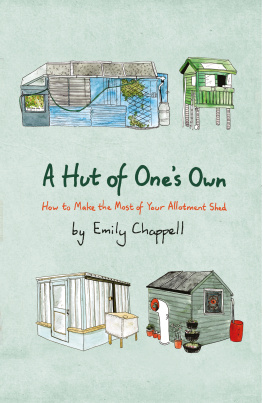A HUT OF ONES OWN
How to Make the Most of Your Allotment Shed
Emily Chappell
www.headofzeus.com

Are you a magpie, a scavenger, a cheapskate?
Do you love skip salvaging and turning trash into treasure?
Youre not alone.
A Hut of Ones Own is a celebration of the ingenuity and community spirit of allotments and their huts.
For John Richard Chappell
Contents


I have a confession to make. I am a magpie, a scavenger, a cheapskate. Whatever you want to call it, I love skip diving, salvaging and getting stuff for free. I like to claim other peoples junk and make something either useful or beautiful out of it. And Im not alone.
Its some sort of unwritten code for allotment gardeners you must get materials for free, and if not for free, then dirt cheap. People new to allotmenting soon adopt the code, as fellow growers love nothing more than sharing their recent acquisitions windows from an old conservatory, thrown-out scaffolding netting, redundant patio furniture... Ive seen shower-door cold frames, gas-bottle woodburning stoves, and huts made entirely out of stripped-down pallets. No piece of junk can be underestimated when it comes to building structures on an allotment site.
So heres to the self-build the inventions, the recycling, the follies... Those flat-pack sheds? Forget it. Ive seen too many crumple at the mere suggestion of a high wind! Lets champion the individual, their ingenuity, and the community spirit and on-site bartering that greases the wheel.

Some allotments have open plans and no clear boundaries... others are separated by hedges, walls or fences... and some have their own stylised doors.
Adapt wooden pallets to make both gates and fences... and pretty much any other useful structure on an allotment site.
Build an arch out of plastic tubing and fix it above a gate to let climbing plants take over.
Recycle old garden gates from home.



Not all allotment associations allow for the freedom of building your own shed, greenhouse or stove. If you are lucky enough to not have these restrictions, building and ongoing repairs are an enjoyable and integral part of allotment life. The shed, or hut, is often the heart of the plot a place for storage, shelter, organisation and tea breaks. They are also expressions of our personalities, tastes and whims.
All hail, the pallet! Dont underestimate the power of the pallet! You can pretty much build anything out of them, and theyre in plentiful supply on most allotment sites.
Old windows are perfect for making your own greenhouse or shed with a view.
Set aside gleaned roofing felt, tough plastic, corrugated iron, etc. for roof repairs.
If youve inherited a rickety shed, consider ways of repairing and adapting it first before startingagain on your own structure. Youll learn how to both repair and construct, finding out what you consider essential along the way size, storage, location, orientation, etc.






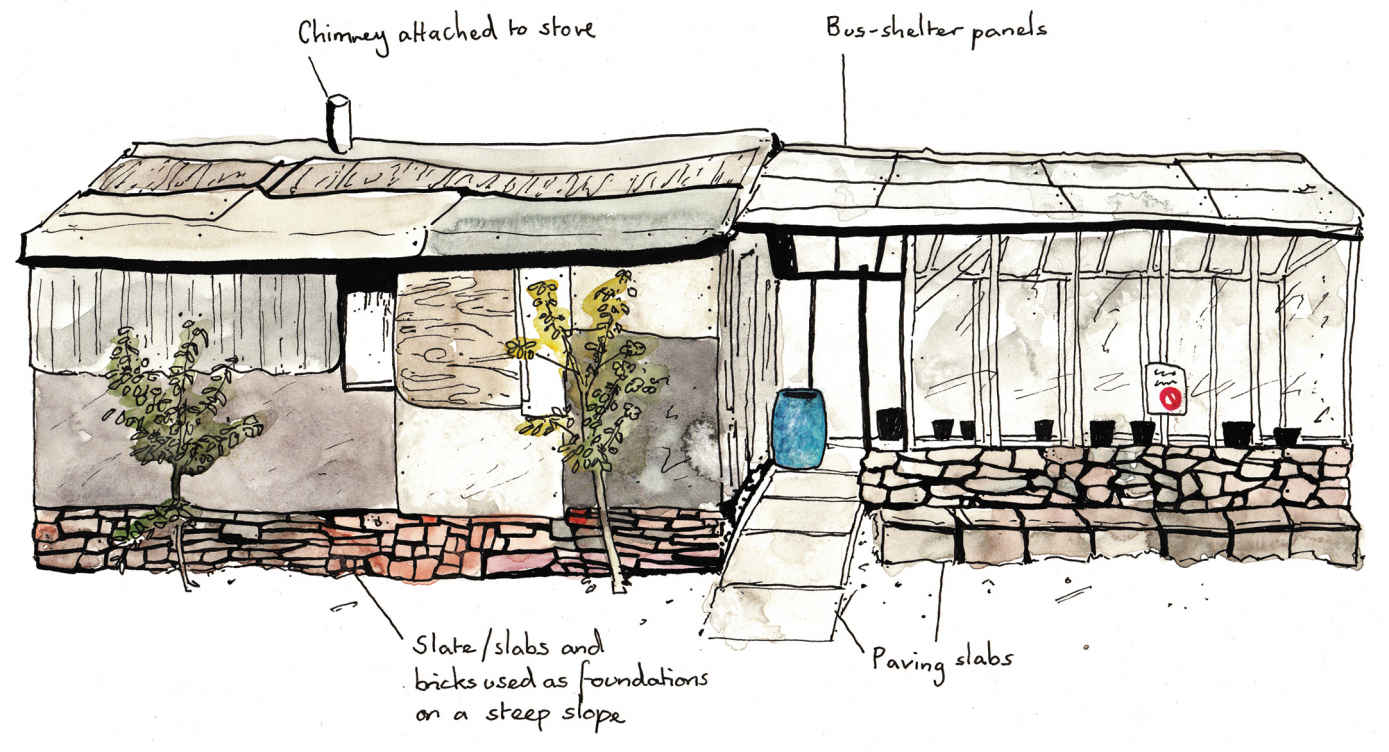
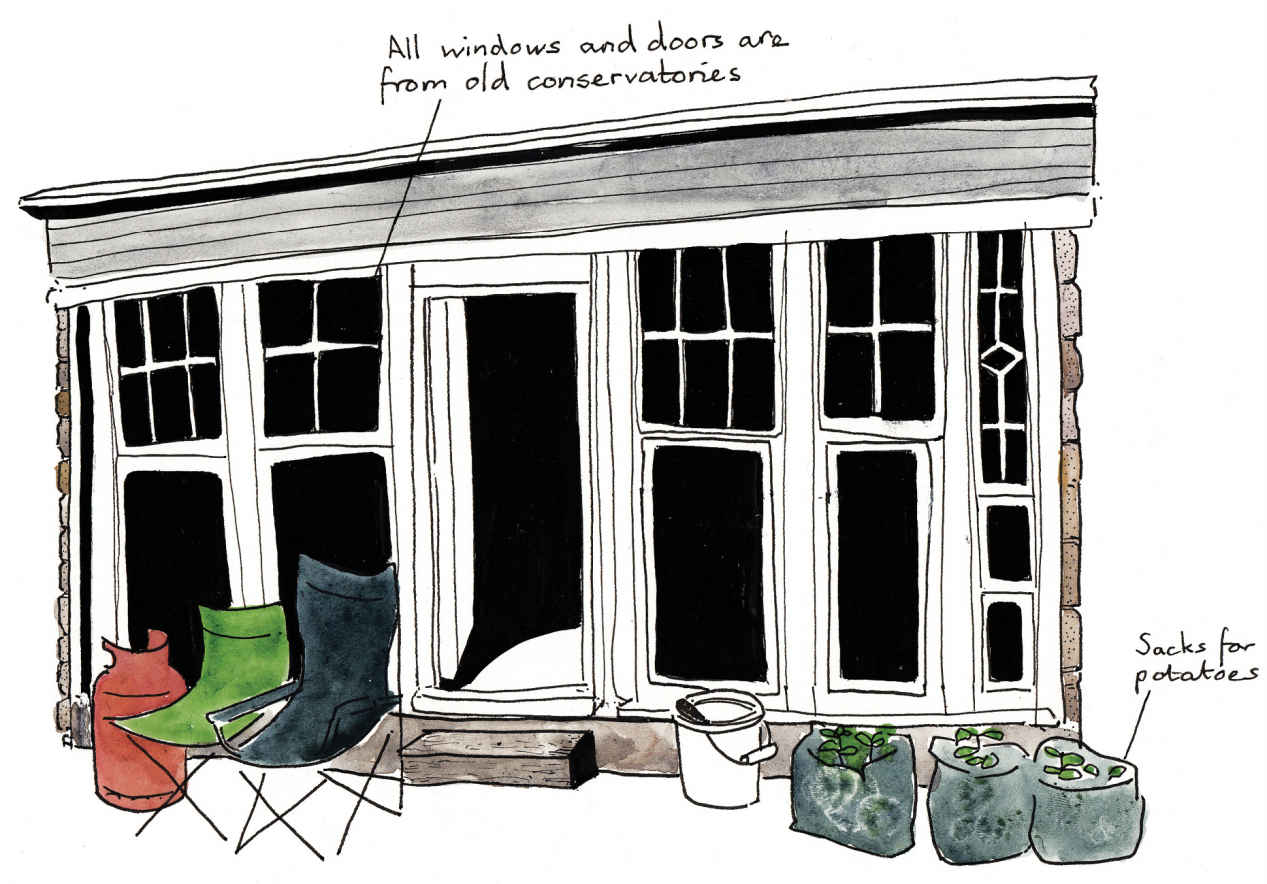
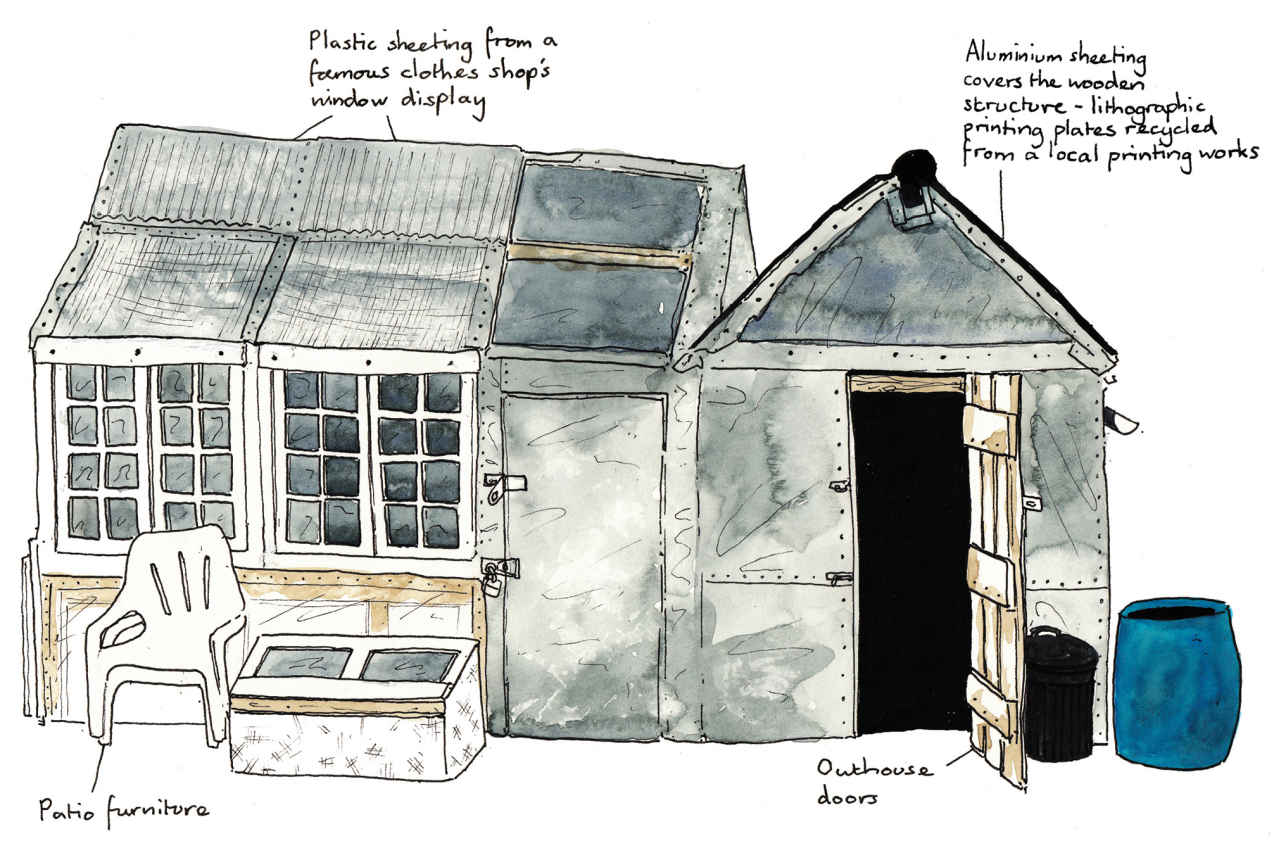
Some greenhouses are attached to the hut or are built as one the structure being a combination of the two. Other greenhouses are built separately and have a beauty of their own.
Polytunnels are a common sight on allotments. You can make them by starting with a basic raised bed base, then adding a timber frame at the entrance. The arches can be made using tough tubing (like the blue pipes used for water mains), with corrugated plastic or UVI (Ultra Violet Inhibited) polythene to cover them.
Greenhouse panes can be either glass or plastic. Glass is best, but it can be easily damaged and a target for vandals. Some gardeners cover their greenhouse roofs with plastic mesh to prevent damage.
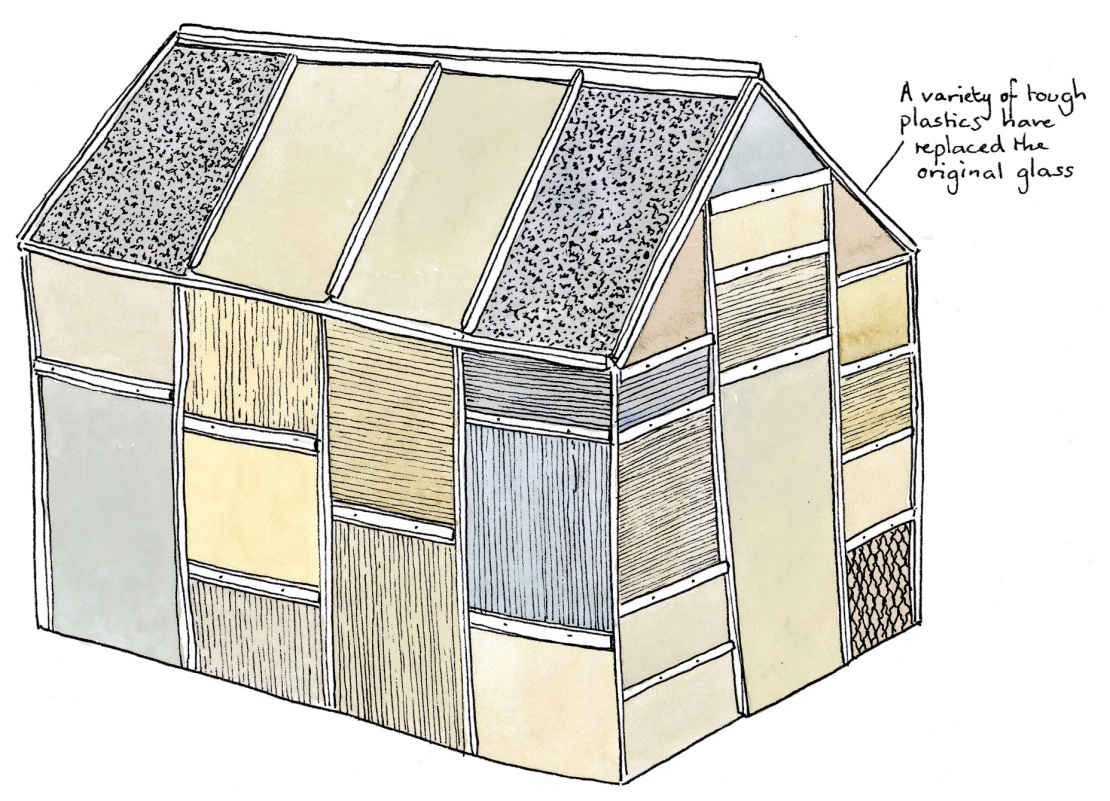

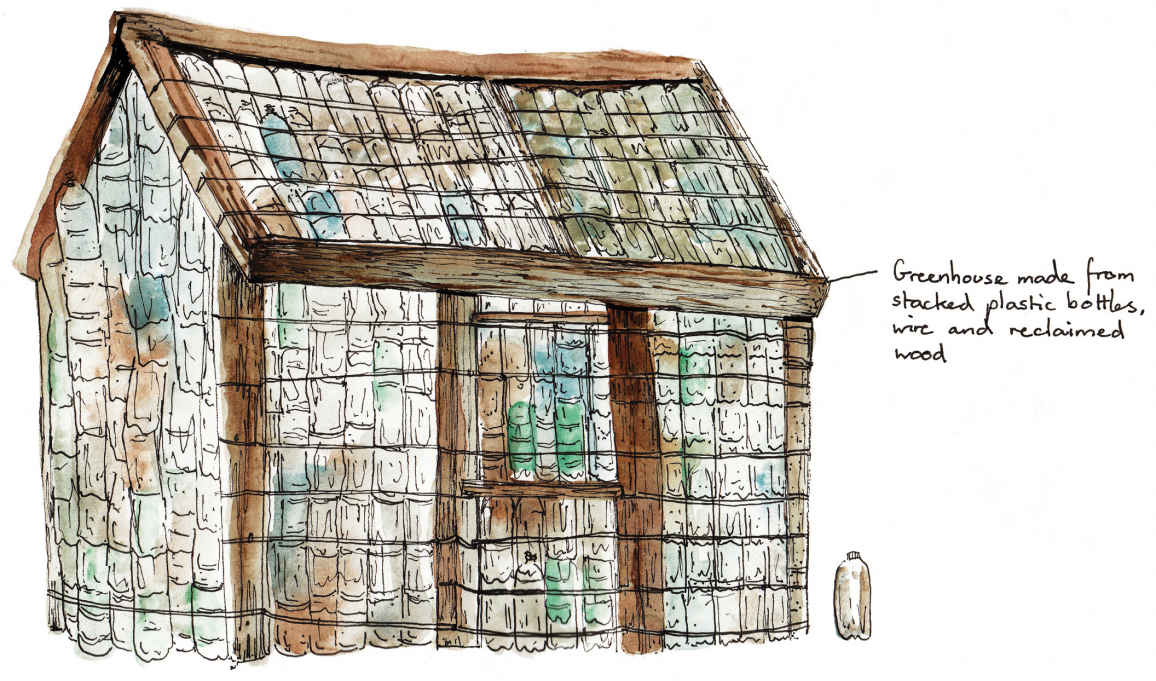
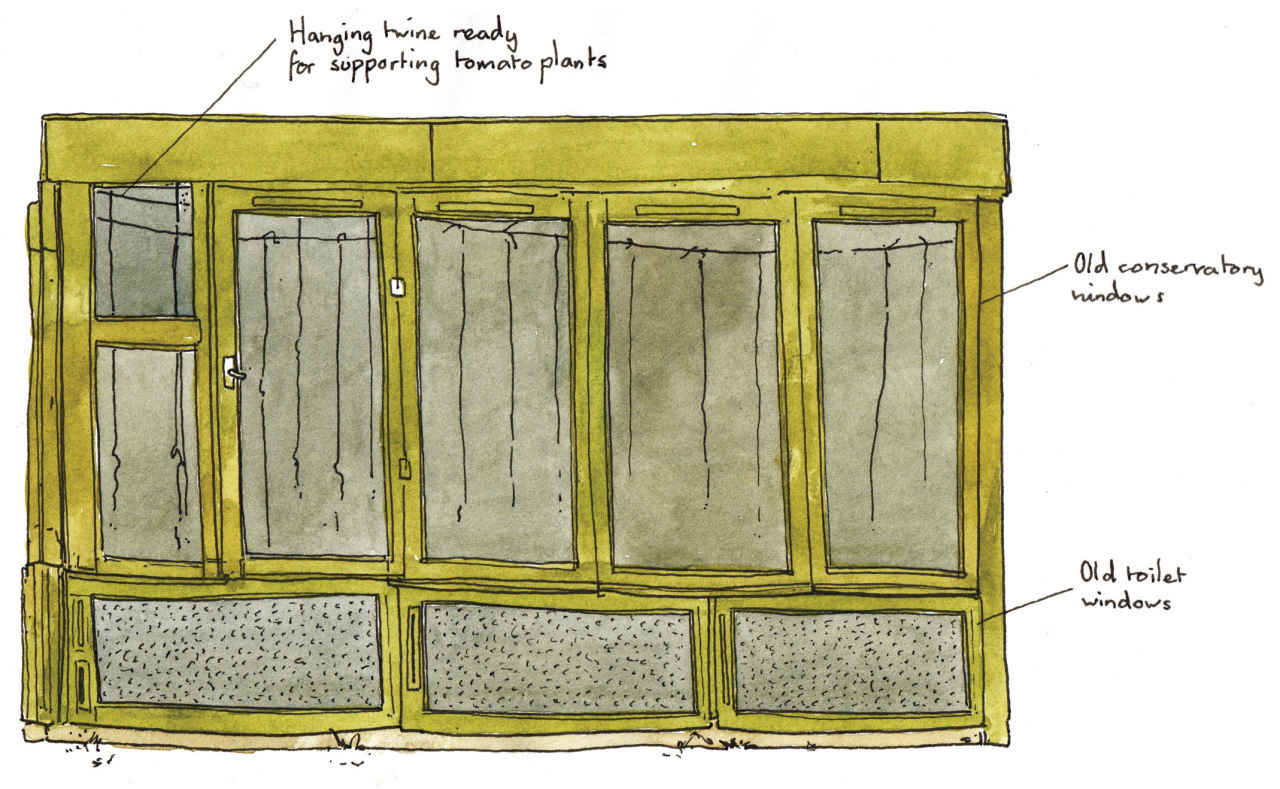
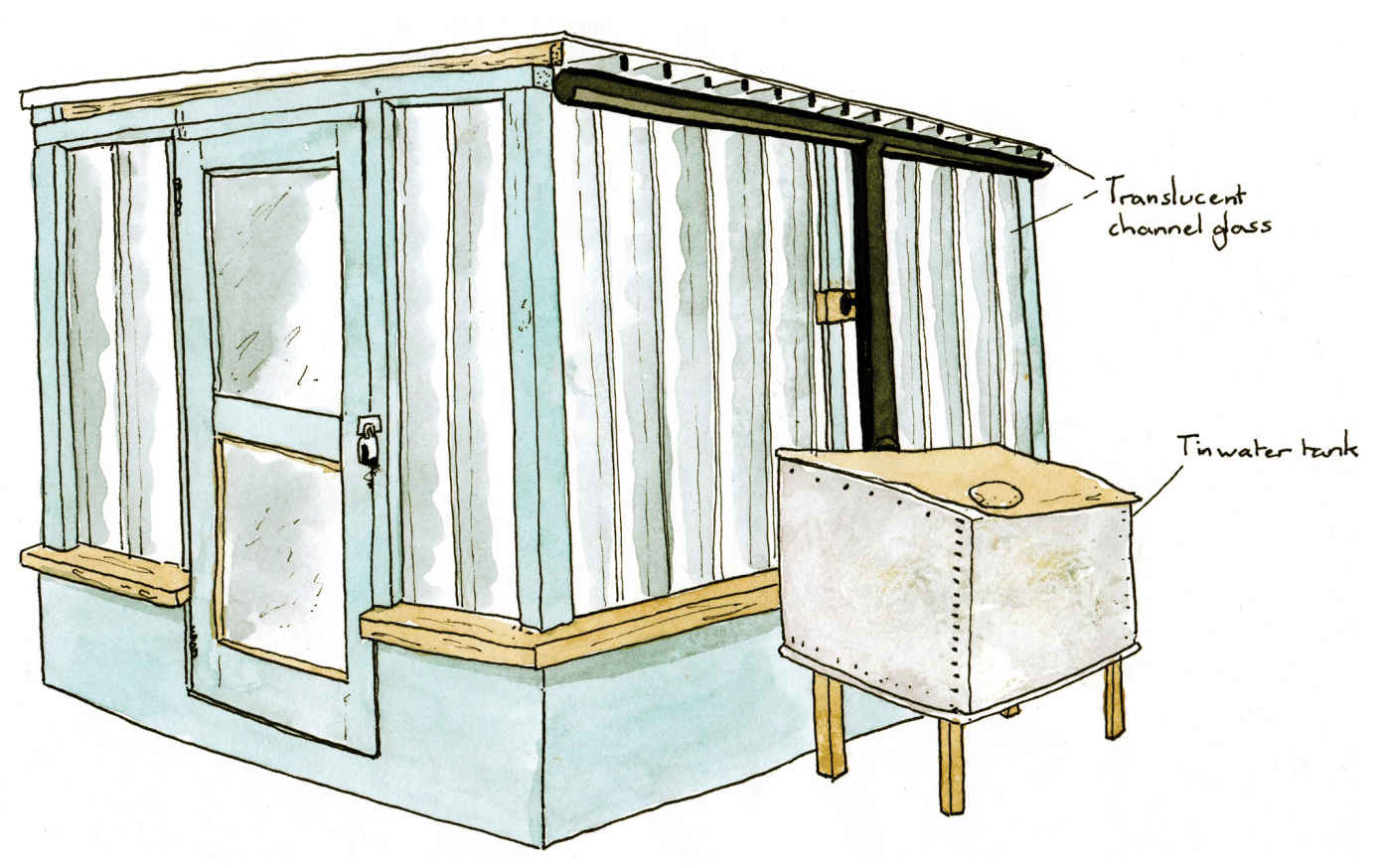
Children are hard-wired to love the excitement of nature on an allotment eating freshly picked peas, watching tadpoles turn into frogs, growing giant sunflowers and collecting worms... But you cant expect them to remain captivated for ever...
Build a den or hideout together.
Give them a small patch of land to look after themselves.
